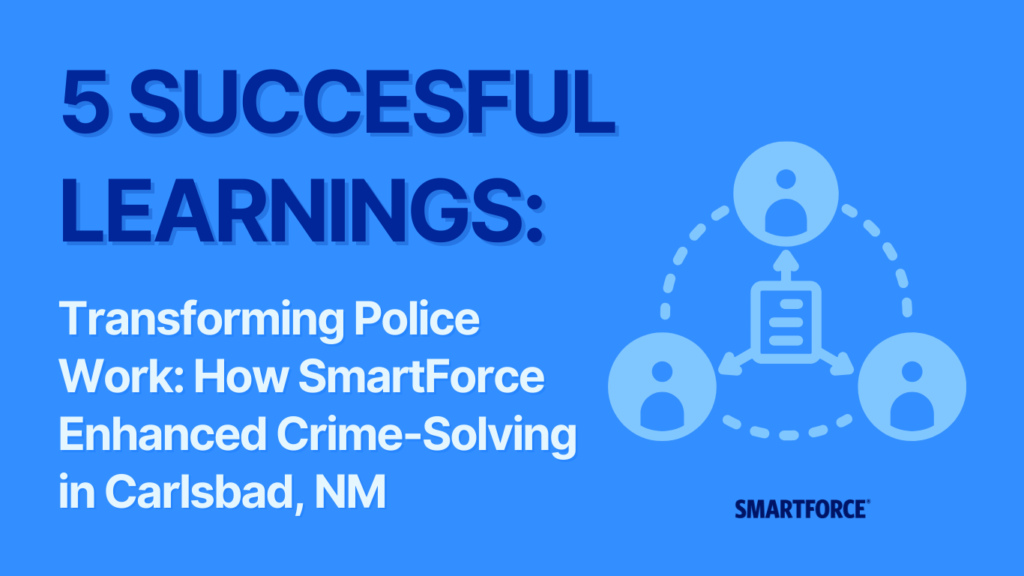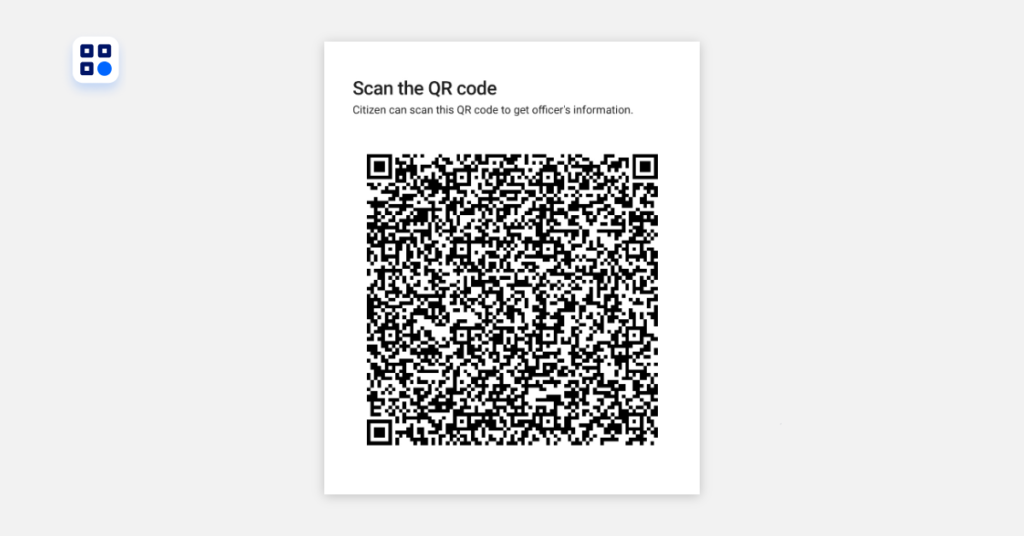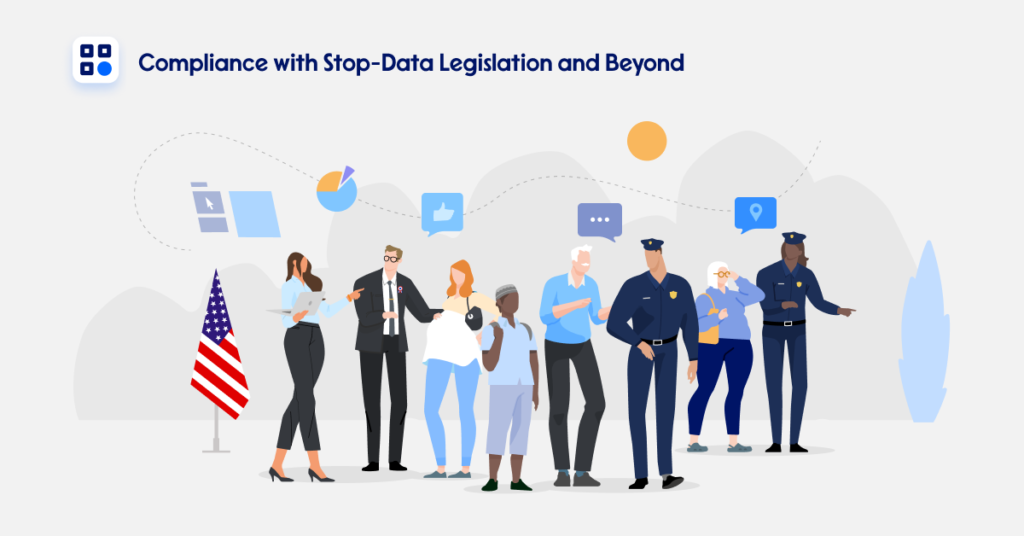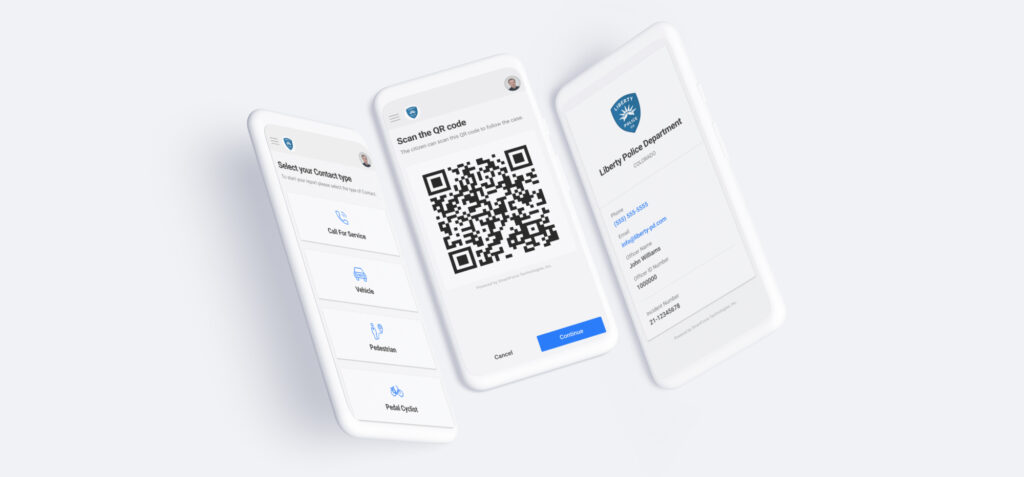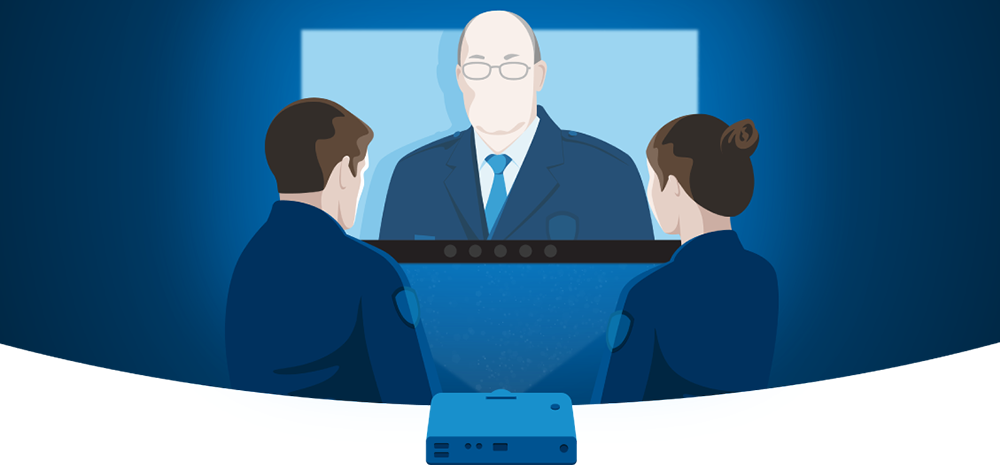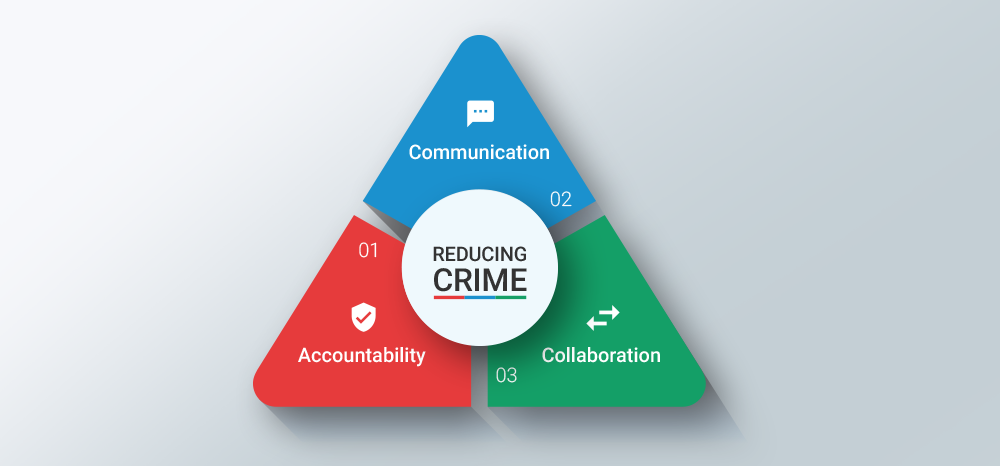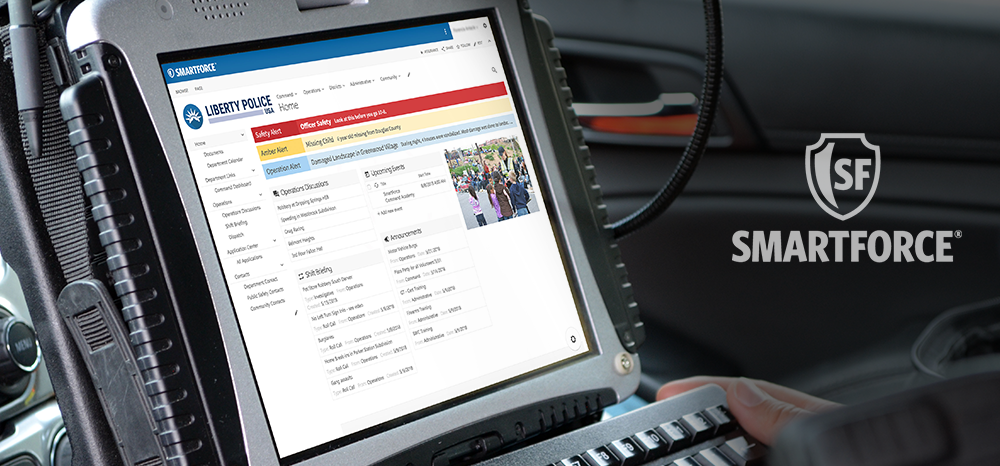
Introduction:
Port St. Lucie is a vibrant Florida city boasting of rapid economic growth, cultural richness, and a firm commitment to public safety. It is the financial hub of the Treasure Coast and the sixth-largest city in Florida, with a population of about 260,000 residents. The Port St. Lucie Police Department (PSLPD), led by Police Chief Richard R. Del Toro Jr., is at the forefront of ensuring public safety in the community. The department has adopted stratified policing, a proactive and data-driven crime reduction approach emphasizing transparency, accountability, and community involvement.
Stratified Policing: A Model of Excellence
The PSLPD pioneered the stratified policing model in the late 1990s, becoming a cornerstone of modern law enforcement strategies. This model is based on problem-oriented policing and prioritizes proactive measures and comprehensive data to tackle crime efficiently. The model has been adopted nationally and internationally, shaping the future of policing. Dr. Roberto Santos and Dr.Rachel Santos detail this model in their foundational text “Stratified Policing: An Organizational Model for Proactive Crime Reduction and Accountability.”
SmartForce Ops Discussions: A Tool for Communication and Collaboration
The PSLPD integrated the SmartForce® Ops Discussions app into their daily workflow to optimize their operations. This tool centralizes all critical information, from incident details to overarching crime trends and specific policing projects. The app eliminates the chaos of disorganized email threads and outdated bulletin boards.
With Operations Discussions, teams across crime analysis, patrol, and specialty units can effortlessly share bulletins, links, photos, and videos, all within a user-friendly application. This streamlining of resources has helped to significantly enhance collaboration and how information is shared, allowing officers to dedicate more time to the communities they serve.
Impact and Efficiency
Since implementing SmartForce® Ops Discussions in 2014, the PSLPD has reaped tangible benefits, especially in how Stratified Policing is administered at their agency. The enhanced communication facilitated by the app goes beyond the confines of traditional formats like email, fostering a collaborative environment that is both dynamic and secure.
The app’s robust tracking capabilities offer a comprehensive view of officer activity, from time spent on specific projects to the outcomes of those initiatives, such as arrests, contacts, and citations. These success metrics reflect the department’s dedication to accountability and transparency.
“Despite a 41.1% population surge in the last decade, Port St. Lucie has reduced its crime rate by 45.7%. Our effective policing strategies and integration of SmartForce® Ops Discussions have played a vital role in this achievement, making us one of the safest large cities in the nation.”
PSLPD Chief of Police Robert R. Del Toro, Jr.
Conclusion: A Vision for the Future
The PSLPD’s successful integration of SmartForce® Ops Discussions underscores the transformative power of technology in enhancing the effectiveness of law enforcement. The department’s journey is not just about adaptation but also innovation. The PSLPD’s story can serve as a model for other departments to adopt similar tools that can foster improved communication, operations, community relations, and public safety.
Learn more about how SmartForce® can help your agency improve internal communication and collaboration.

